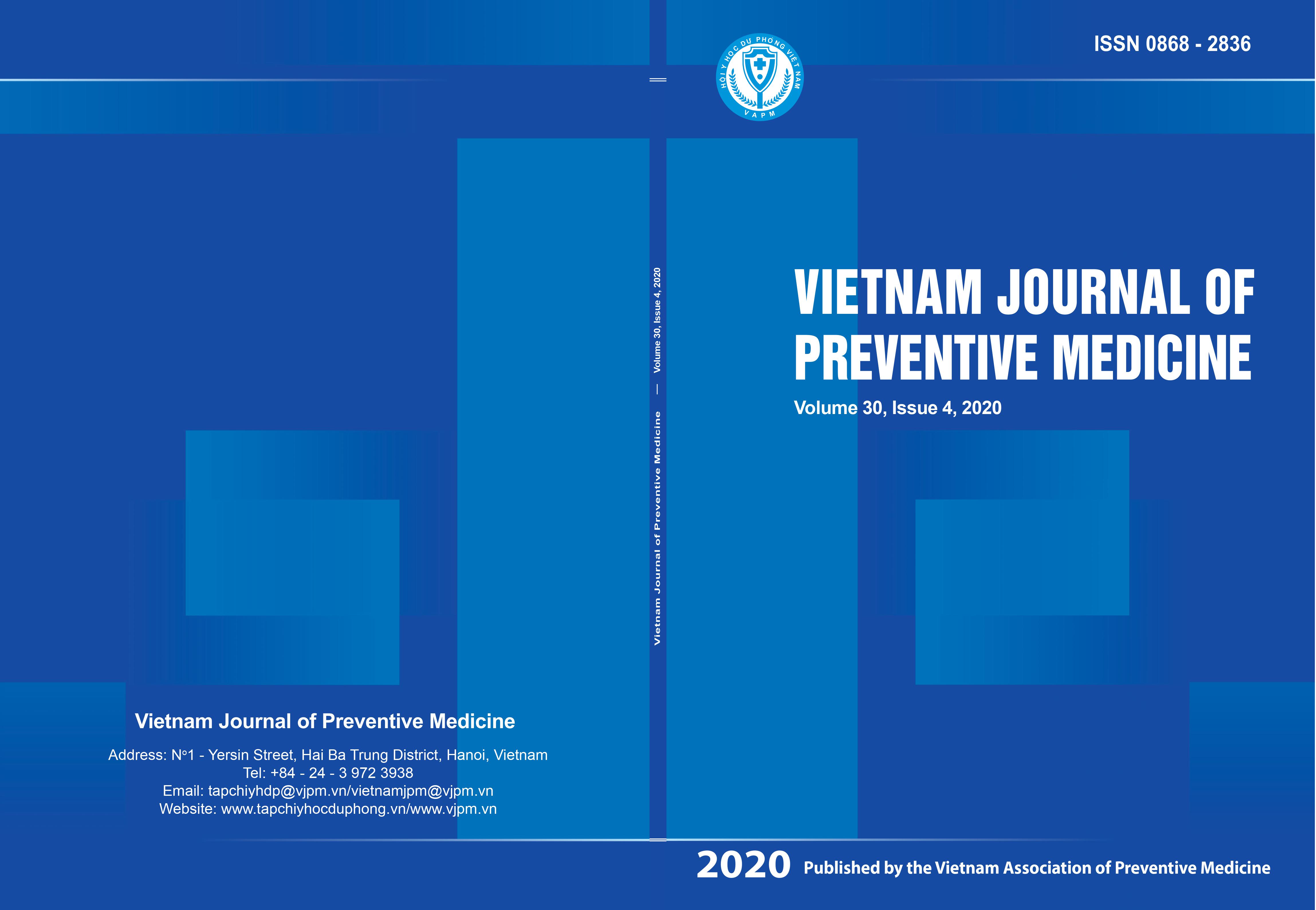Effcacy of quadruple therapy for the treatment of H. pylori infection at Gia Dinh people’s hospital
DOI:
https://doi.org/10.51403/0868-2836/2020/244Keywords:
Quadruple therapy, bismuth, non-bismuth, Helicobacter pylori, eradicationAbstract
Helicobacter pylori (H. pylori) infection is one of the most common chronic bacterial infections in the world. For the purpose of eradicating H. pylori, quadruple therapies are widely prescribed in patients infected with H. pylori. According to the Maastricht V Consensus Conference, in regions where the rate of resistance of H. pylori to CLR and MTZ is high such as Viet Nam, bismuth quadruple therapy is the first choice. However, bismuth also causes many side efects. The aim of this study was to assess the effectiveness of quadruple therapies on H. pylori infection at Gia Dinh people’s hospital. Seventy-one patients aged 18 years old and older diagnosed with H. pylori infection at the Gastroenterology Unit of Gia Dinh People’s hospital were enrolled in this descriptive cross–sectional study. The efficacy and frequency of side effects of bismuth and non-bismuth quadruple therapies for H. pylori eradication were evaluated and the total rate of H. pylori eradication with both therapies was reported to be 70.4%. The success rate of bismuth quadruple therapy was 80.0%, significantly higher than that of non bismuth quadruple therapy (47.6%). Additionally, the frequency of side effects encountered by bismuth quadruple therapy was insignificantly higher than non-bismuth quadruple therapy (p > 0.05). In conclusion, the effectiveness of treatment with bismuth quadruple therapy was higher than that with non-bismuth quadruple therapy.
Downloads
Downloads
Published
How to Cite
Issue
Section
License
Publication License No 150/GP-BTTTT signed on May 8, 2014;
Electronic Publication License No 322/GP-BTTTT signed on June 15, 2016.


